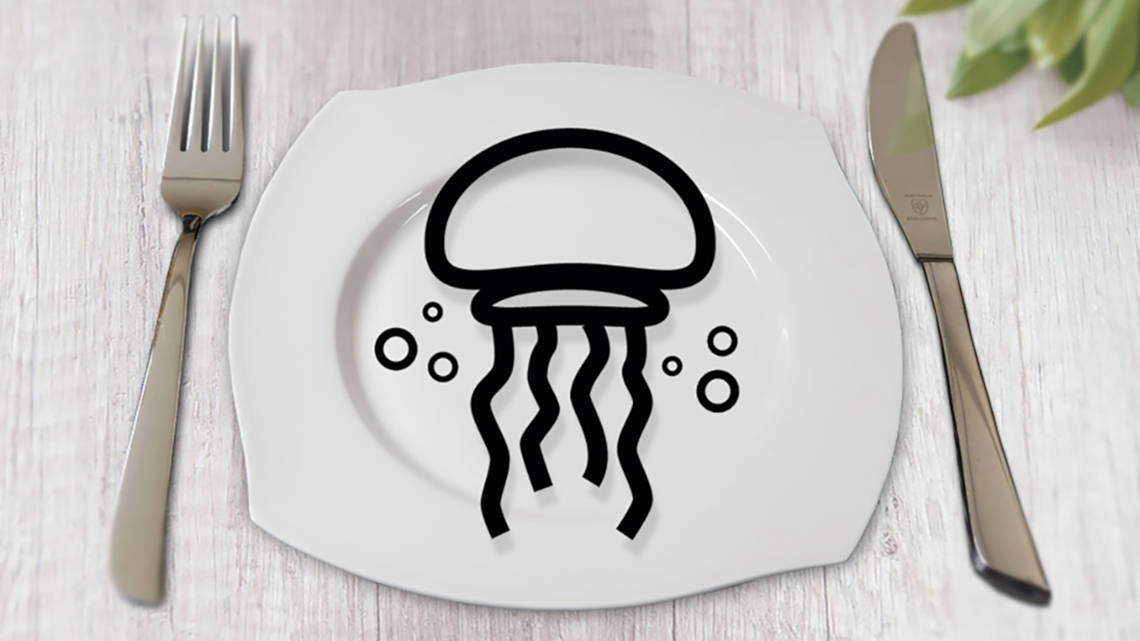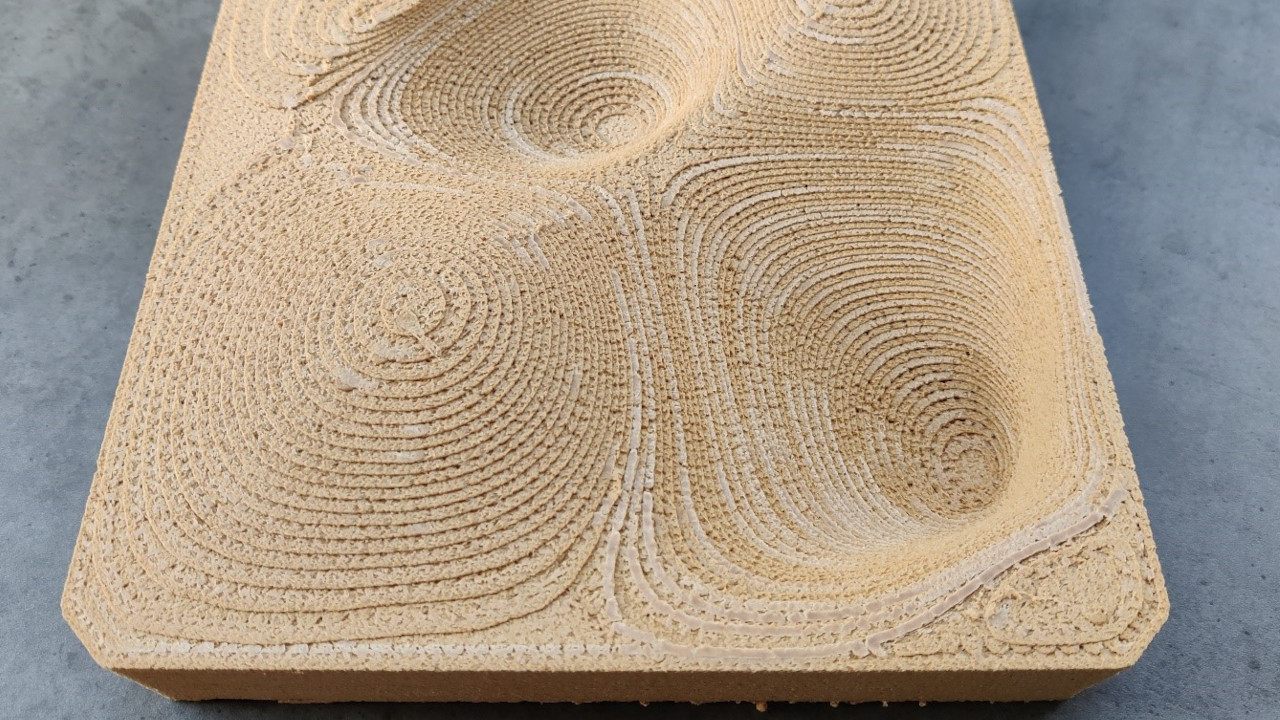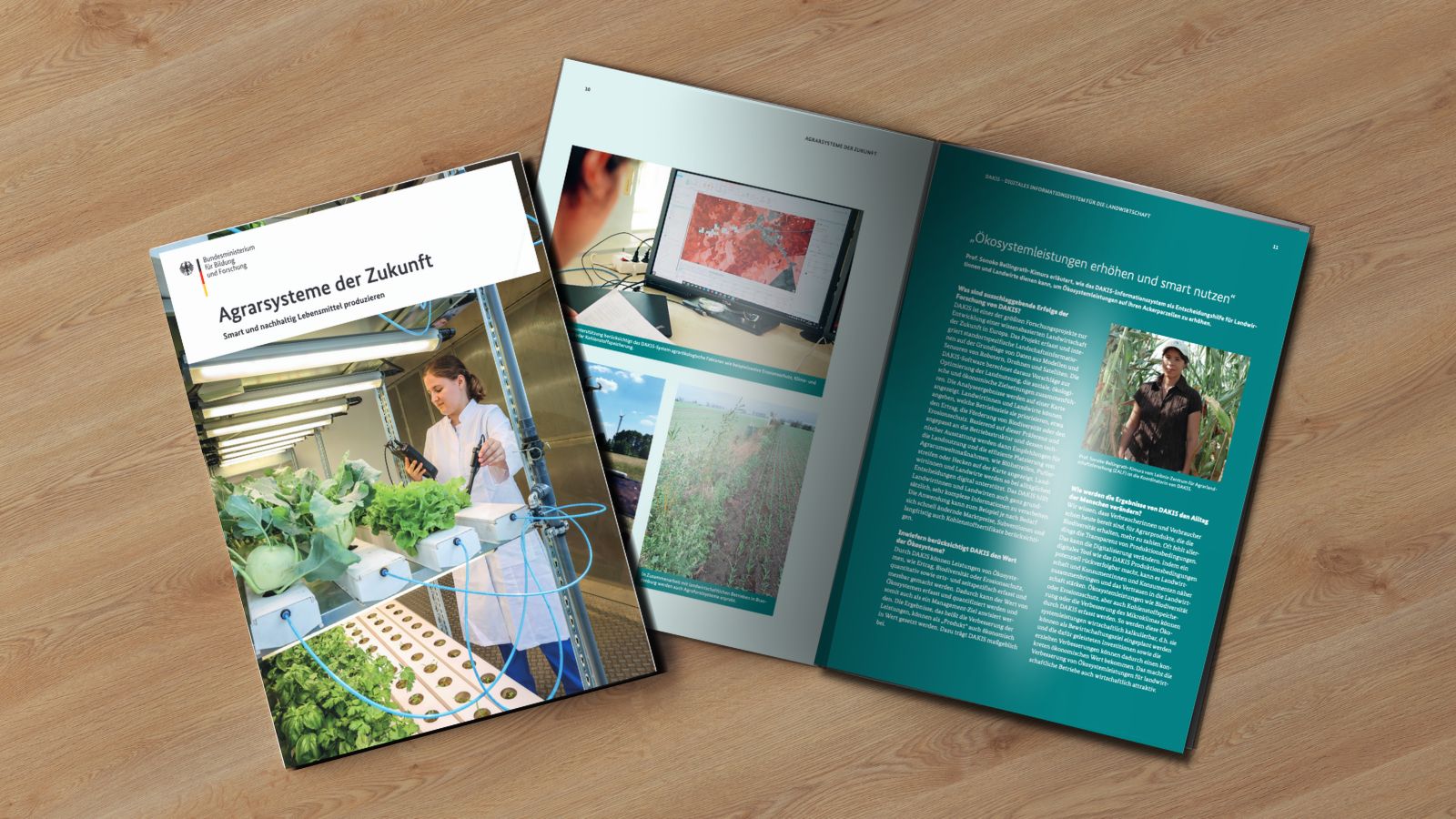Jellyfish – now even tastier
Chemists from the Max Planck Institute for Polymer Research have analysed the traditional preparation of marine animals and developed a faster alternative.

Jellyfish is a delicacy. At least in Western Europe, this thought will cause some bewilderment. But in Asian cuisine, the wobbly sea animals have been on the menu for centuries and are considered exclusive delicacies. One reason for this is certainly the time-consuming preparation, which takes several weeks. Chemists from the Max Planck Institute for Polymer Research in Mainz and the University of Southern Denmark have now investigated what happens chemically to jellyfish tissue during this process and developed an alternative to the slow variant.
Not raw, not cooked, not fried
The difficulty in preparing the invertebrate jellyfish is their physique. They consist of mesogloea – a gel-like mass of collagen and elastin – arranged between layers of epithelium. Both substances are indigestible to humans in their raw form. However, cooking or frying jellyfish is not an option: cooking only transforms the cnidarians into an unappetizing slimy mass; when frying, they disintegrate into powder. In the traditional Asian preparation method, the jellyfish is therefore soaked for several weeks in a mixture of common salt (sodium chloride) and alum salt. This not only transforms the jellyfish tissue into an edible form, it also gives it a crunchy texture.
Pickling in a special salt mixture
"Our research has shown that both salts are necessary," says Max Planck researcher Thomas Vilgis. If the researchers only used one of the salts, the preparation failed. The chemists also found an explanation for this, as Vilgis reports: "We attribute the preparation method to the fact that aluminium is triple-charged, while sodium is only single-charged." The large, multiple-charged ions of the aluminum ensure that the molecules of the jellyfish are bound and stabilized during the insertion process. This allows for a crisp texture later on.
Treatment with ethanol as an alternative
When investigating the chemical-physical structure of the jellyfish, the chemists also came up with an idea for an alternative preparation method. If the jellyfish is treated with ethanol, the water-insoluble proteins of the jellyfish dissolve and form a rubber-like gel along with multiple sugars. As soon as the alcohol has evaporated, the texture becomes crispy. This is due to the so-called glass transition known from polymer chemistry. As the research team reports in the specialist journal "International Journal of Gastronomy and Food Science", the preparation time is reduced to two days. Vilgis is very satisfied with the new method of preparation: "From a gastronomic point of view, we expect this to give a very interesting mouthfeel."
bl/um


